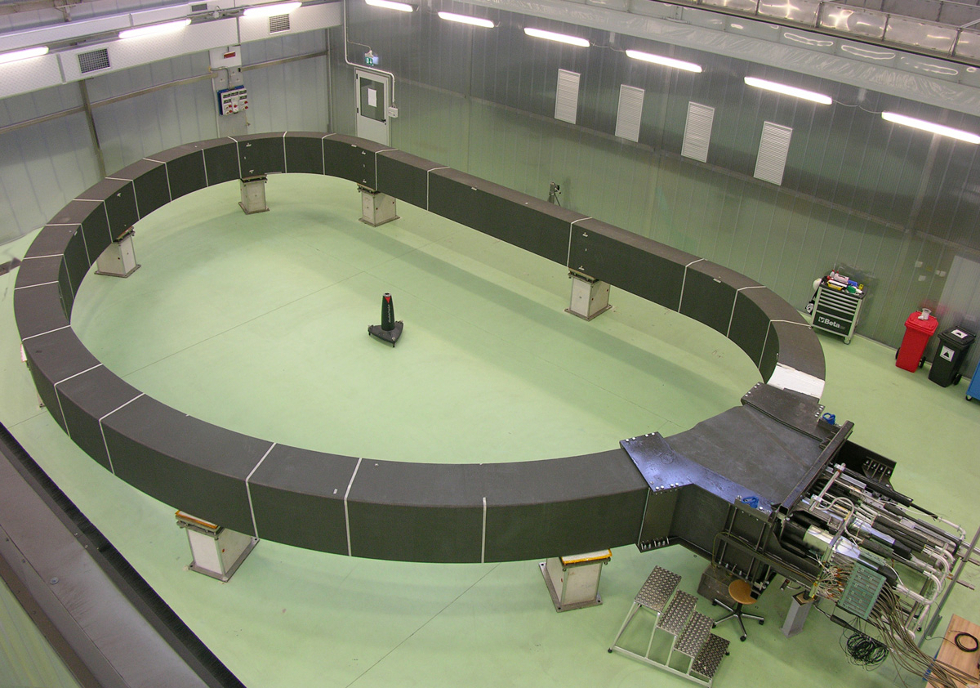
The magnet, which is the first of 18 Toroidal Field (TF) coils that will operate at the ITER fusion research complex in Cadarache, France, is 14 metres high, 9 metres wide and weighs 110 tonnes, the same amount as a Boeing 747.
When in operation at ITER, the coils will be used to create a magnetic cage, designed to entrap the fusion fuel, which will reach temperatures of 150 million degrees Celsius.
In order to create this powerful magnetic field – with a strength of 11.8 Tesla - the coils will be powered by 68,000 A, according to Alessandro Bonito-Oliva, manager for magnets at Fusion for Energy (F4E), the EU organisation managing Europe's contribution to ITER.
“Essentially they are bringing the atoms as close together as possible, in order to be able to initiate fusion,” said Bonito-Oliva.
Each D-shaped superconducting magnet will be built using around 1000 copper wires, which are cabled together into a 750 metre-long conductor, forming a coil known as a Double Pancake.
The conductor is heat treated and then supported by grooves within seven 13 metre x 9 metre radial plates, said Bonito-Oliva. “The material, in order to become superconducting, has to be heat treated, after which it becomes fragile, and at such big dimensions this is quite difficult,” he said. “You cannot afford to break it, so you have to put a lot of effort into doing everything very precisely from the beginning.”
After testing, the magnet will then be inserted into a huge case, where it is laser welded, wrapped in insulating material, impregnated with resin and then machined.
Nine of the coils will be manufactured in Europe, alongside one spare coil, while nine will be built in Japan.
The European coils are being built through a collaboration of F4E, ASG Superconductors, Iberdrola Ingeniería y Construcción, Elytt Energy, CNIM, SIMIC and the ICAS consortium.
The technologies and know-how being developed as part of the project are already being used in other applications. ASG Superconductors, for example, has used knowledge developed during the project in advanced magnetic resonance imaging (MRI) equipment used to study the human brain.
“All of the satellite technologies that have been developed to make the magnets are going to be used by the different companies that have been involved in the project,” said Bonito-Oliva.




Red Bull makes hydrogen fuel cell play with AVL
Formula 1 is an anachronistic anomaly where its only cutting edge is in engine development. The rules prohibit any real innovation and there would be...